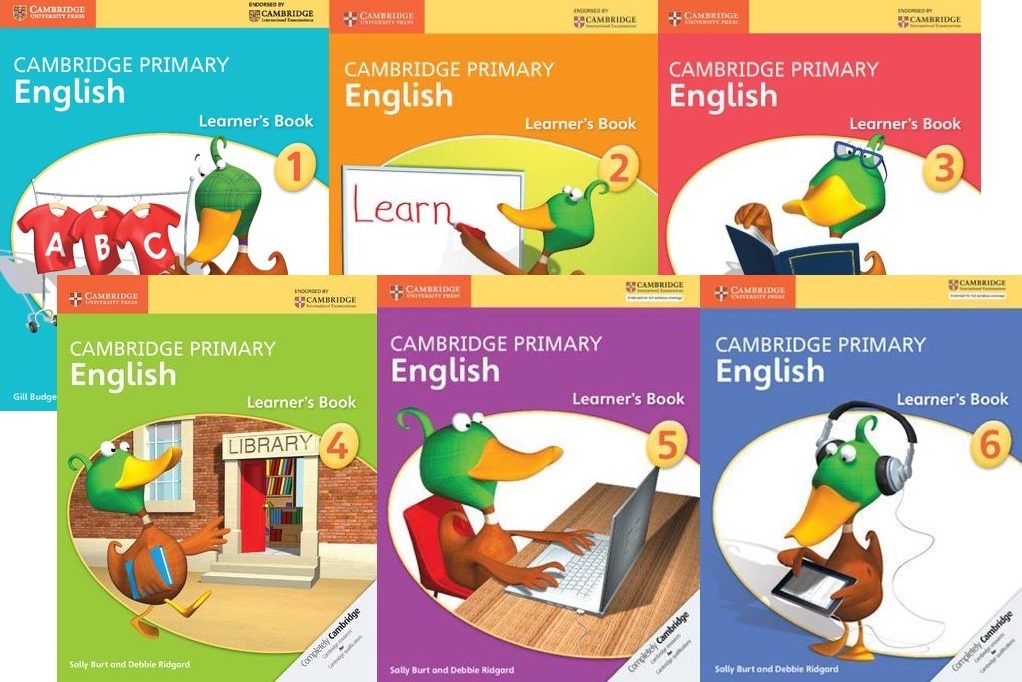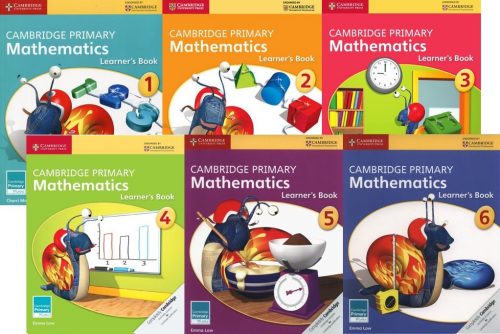Description
Cambridge Primary English is for learners typically aged 5 to 11. Cambridge Primary curriculum organised into six stages, each stage represents a year in primary education. It promotes an enquiry-based approach, developing learners’ confidence, creativity and intellectual engagement. This subject is designed for learners who have English as a first language and can be used in any cultural context.
Learners develop English skills they can apply for a range of different purposes and audiences in everyday situations and in study. They will communicate confidently and effectively and develop the critical skills to respond to a range of information, media and texts with understanding and enjoyment. They will develop a first language competency in English.
Divided into six stages, the curriculum framework covers knowledge, skills and understanding in the three strands:
- Reading
- Writing
- Speaking and listening.
The course supports progression to Cambridge Lower Secondary English.
Cambridge Primary English vs. the National Curriculum for English
Similarities
- Extensive. By the end of Stage 6, learners following the Cambridge Primary English curriculum framework will have covered nearly all of the same ground as those following the National Curriculum.
- Both curricula teach reading and writing in a progressive way using a phonics approach to early reading and spelling.
- As students progress, they develop an increasing selection of strategies for reading and spelling unfamiliar words. The emphasis in reading begins to shift to comprehension and the reading of a wide variety of text types.
- In both curricula, writing composition is developed from simple texts through to writing varied texts for different purposes and audiences.
- Handwriting in both curricula progresses from learning to form the letters correctly, to beginning to add the strokes needed for joining and, finally, writing legibly and fluently in joined-up handwriting.
Differences
- The learning outcomes for spoken language are the same in each year of the National Curriculum and ‘the content should be taught at a level appropriate to the age of the student’. In contrast, the outcomes for the Cambridge Primary English framework are more explicit in terms of what is required at each stage – they gradually build in their demand.





